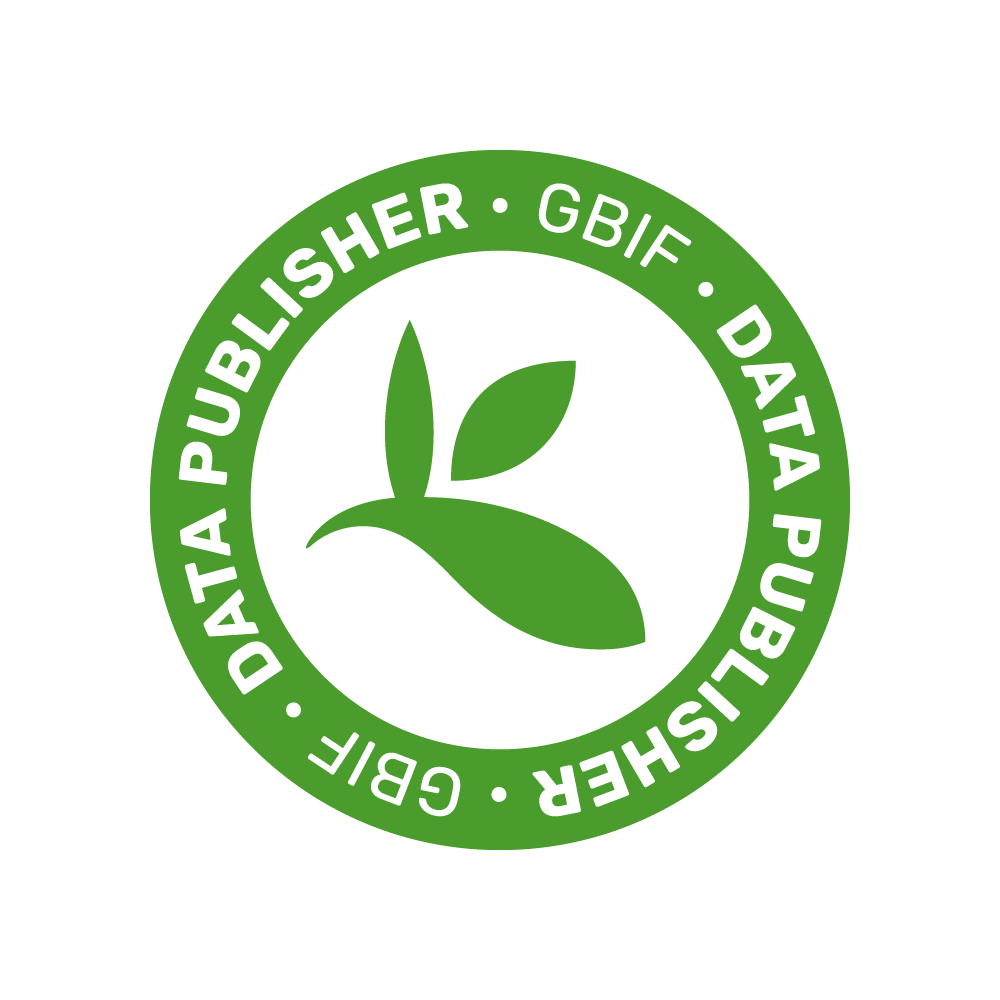|
Description
|
Forests cover 37% of Italy providing a multitude of benefits and ecosystem services for the country. However, the ongoing climate change (CC) is expected to determine profound impacts on forest structure and function. Increasing rates of forest decline and tree mortality have already been reported in the Mediterranean basin and several oak species display widespread decline and mortality phenomena in Italy. Thus, to predict the fate of the Mediterranean forests and to inform future conservation strategies, we need an in-depth understanding of the key genetic mechanisms involved in the response to environmental variables affected by CC. As of today, studies aimed at elucidating the genetic bases of complex phenotypes in plants focused mostly on identifying genetic association between a given phenotype and single-nucleotide polymorphisms (SNPs). However, recent studies showed that, in addition to SNPs, other types of genomic variation, named structural variation (SV), play an important role in plant genome evolution. Thus, to capture the genetic diversity within a species, it became evident that the genome of a single individual is insufficient to represent the gene diversity within a whole species prompting research to extend the pan-genome concept to plants. The pan-genome represents the entire set of genes within a species and it is composed of a core genome (CG), common to all individuals of the species, and of a dispensable genome (DG), present only in some individuals. PanBiOak will study the geographical distribution of genomic diversity sensu lato, from single nucleotide to structural variation in three widespread, economically important and phylogenetically close oak species: Quercus petraea, Q. pubescens and Q. robur. For each studied species, we will generate a high-quality reference genome and we will resequence several individuals sampled from different populations along steep environmental gradients. This data will allow us to obtain for the first time an accurate and complete overview of the pan-genome of European white oaks, laying the foundations for developing a new strategy to face the adverse effects of climate change on European forests. In fact, our little knowledge of DG has so far limited our ability to harness the full potential of forest genetic resources and optimize the strategies that will shape European forests in the challenging decades ahead. Thus, PanBiOak will unravel for the first time the contribution of SV to local adaptation and evolution in a forest tree species at a biogeographical scale with the aim of identifying possible hotspots of variation which are assumed to underlie the phenotype selected during species evolution and to produce a list of biogeographic-specific markers of local adaptation. |




